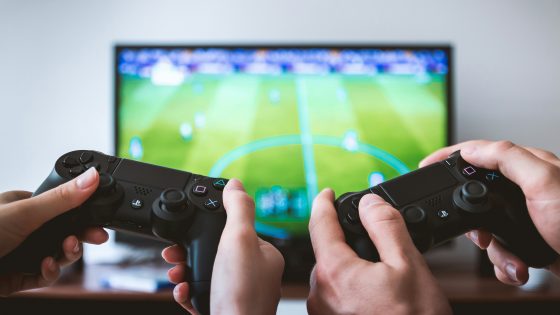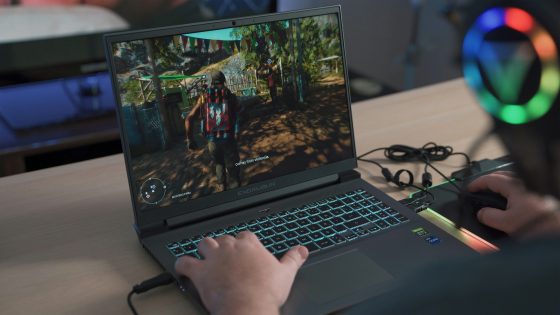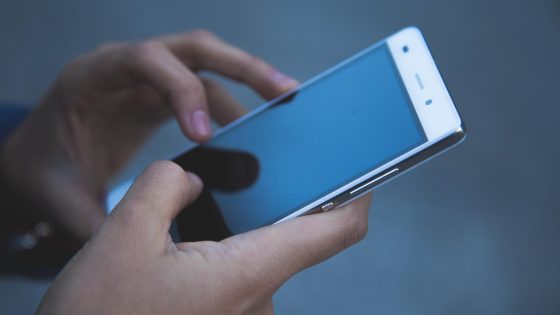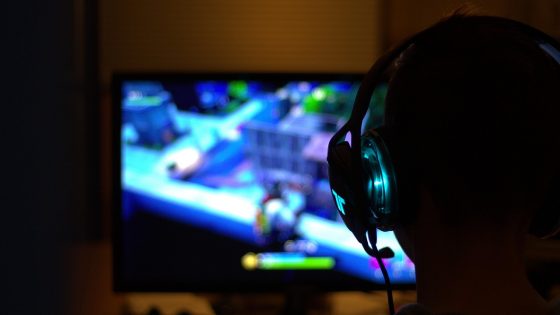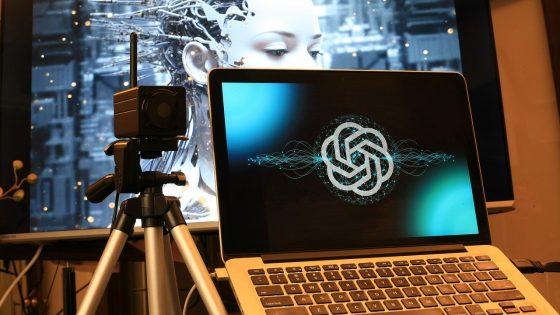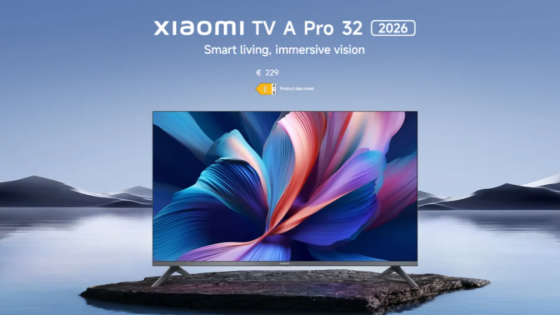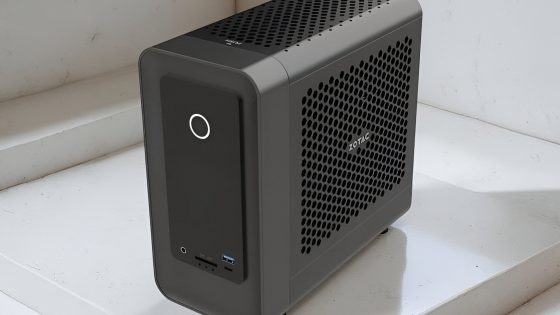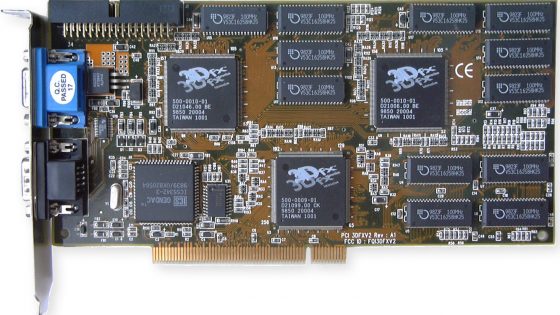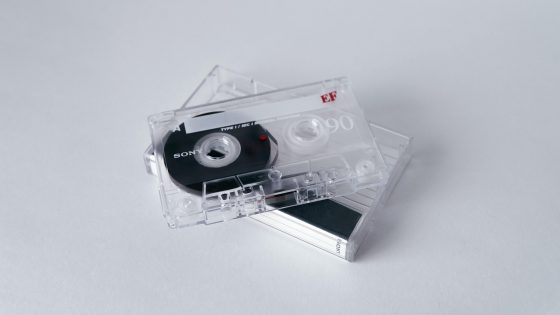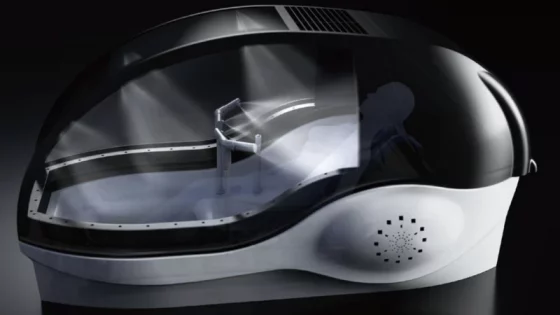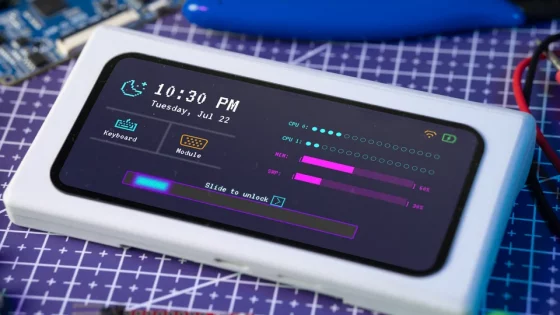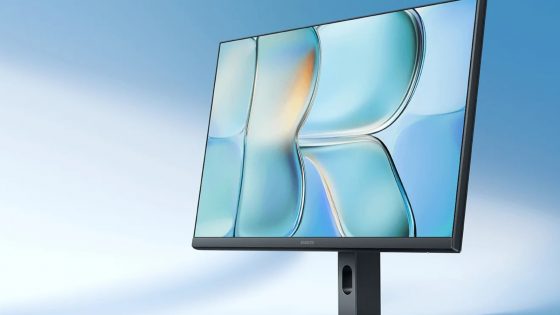Samsung Galaxy Z Fold7 review – almost exactly what I want. What's missing?
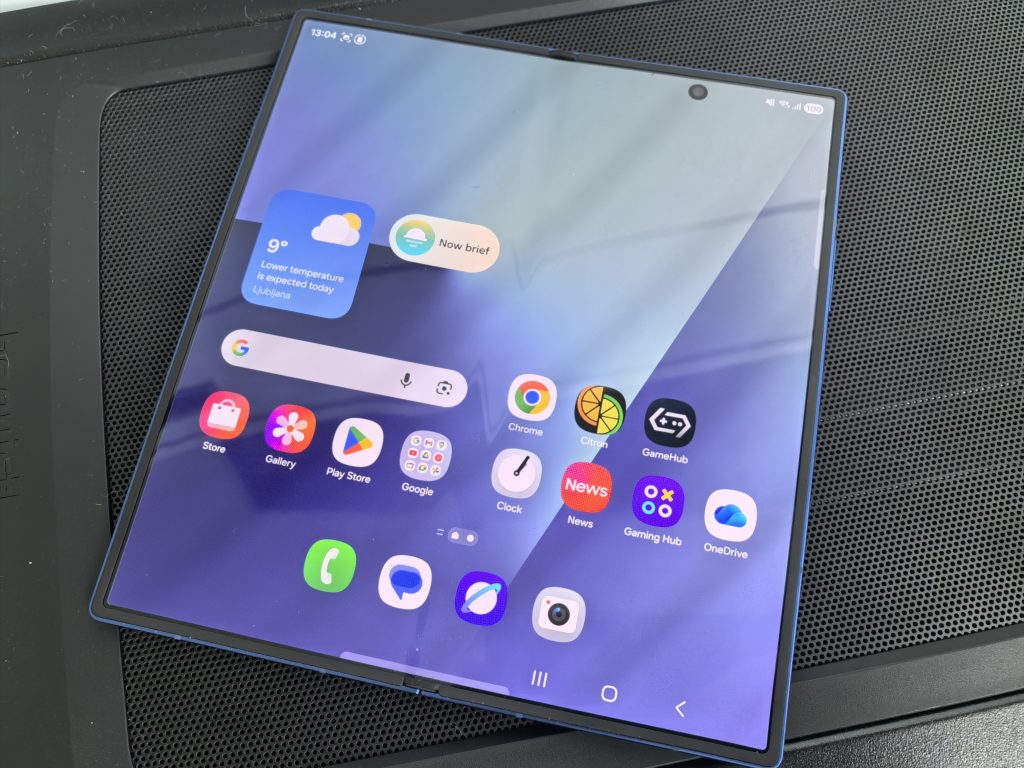
The new Samsung Galaxy Z Fold7 has been out for a few months now. It followed me around Europe for a good month and was part of my everyday life. Would I consider it a daily companion?
It's no secret that in recent years, Samsung has been resting on its laurels with its Fold and Flip phones, believing that despite strong competition from HONOR (Xiaomi, Huawei, OnePlus, etc. have also intervened in other markets), users will still choose Samsung. And although they were right, at least judging by the sales figures, they apparently got a little scared and gave this year's Samsung Galaxy Z Fold7 (and also Z Flip7) a serious upgrade, which they should have done at least a year ago. A new folding hinge, a thinner and lighter body, upgraded cameras and screens, a new chip, and an even more optimized system... It sounds like they've improved every corner of the phone. What's left? Is this the final evolutionary stage for foldable phones?
| Advantages | Weaknesses |
| Excellent performance | Average battery and slow charging |
| Bright and dynamic screens | Secondary cameras are average |
| Quality workmanship and improved durability | |
| Slim and lightweight body | |
| One UI is great | |
| Good main camera |
Samsung Galaxy Z Fold7 price and specifications
- Samsung Galaxy Z Fold7 16GB/1TB: €2,519
- Samsung Galaxy Z Fold7 12GB/512GB: €2,219
- Samsung Galaxy Z Fold7 12GB/256GB: €2099
| Chip | Snapdragon 8 Elite |
| Graphics core | Adreno 830 |
| System and support | One UI 8, 7 years of upgrades |
| Screens | Front: 6.5-inch AMOLED, 120 Hz, 2600 nits Internal: 8-inch AMOLED, 120 Hz, 2600 nits |
| RAM and drive | Up to 16GB and 1TB UFS 4.0 |
| Cameras | 200 MP (f/1.7), 24 mm, OIS 10 MP (f/2.4), 67 mm, OIS, 3x optical zoom 12 MP (f/2.2), 120° 2x 10 MP selfie cameras |
| Battery | 4400 mAh, 25W (wired), 15W (wireless) |
| Connectivity | Wi-Fi 7, Bluetooth 5.4, NFC, eSIM |
| The rest | IP48, Samsung Dex, UI features, Gemini/Gemini Live |
Samsung Galaxy Z Fold7 – the world's lightest foldable phone
Future owners and those who have been using the new Samsung Galaxy Z Fold7 for the past few months can be grateful that HONOR encouraged Samsung to get off the couch and get to work. This year's Fold is a completely different beast than last year's Z Fold6. This slimness and lightness is more like a classic phone, or compared to Samsung Galaxy S25 Ultra It feels even more agile. The very sight of it impresses you when you first hold it in your hand, and you just wonder how they (and the HONOR Magic V5) did it.
Does that make it seem fragile? Not even close. It accompanied me to France, Germany, Austria, crawled with me on hiking and rough trails in the Slovenian hills, endured a few bumps, falls, and contact with sharp edges, and all without using a protective case (which Samsung unfortunately does not include with the purchase). I've only been using it for a month and a half, but despite rough handling, it has remained pristine.
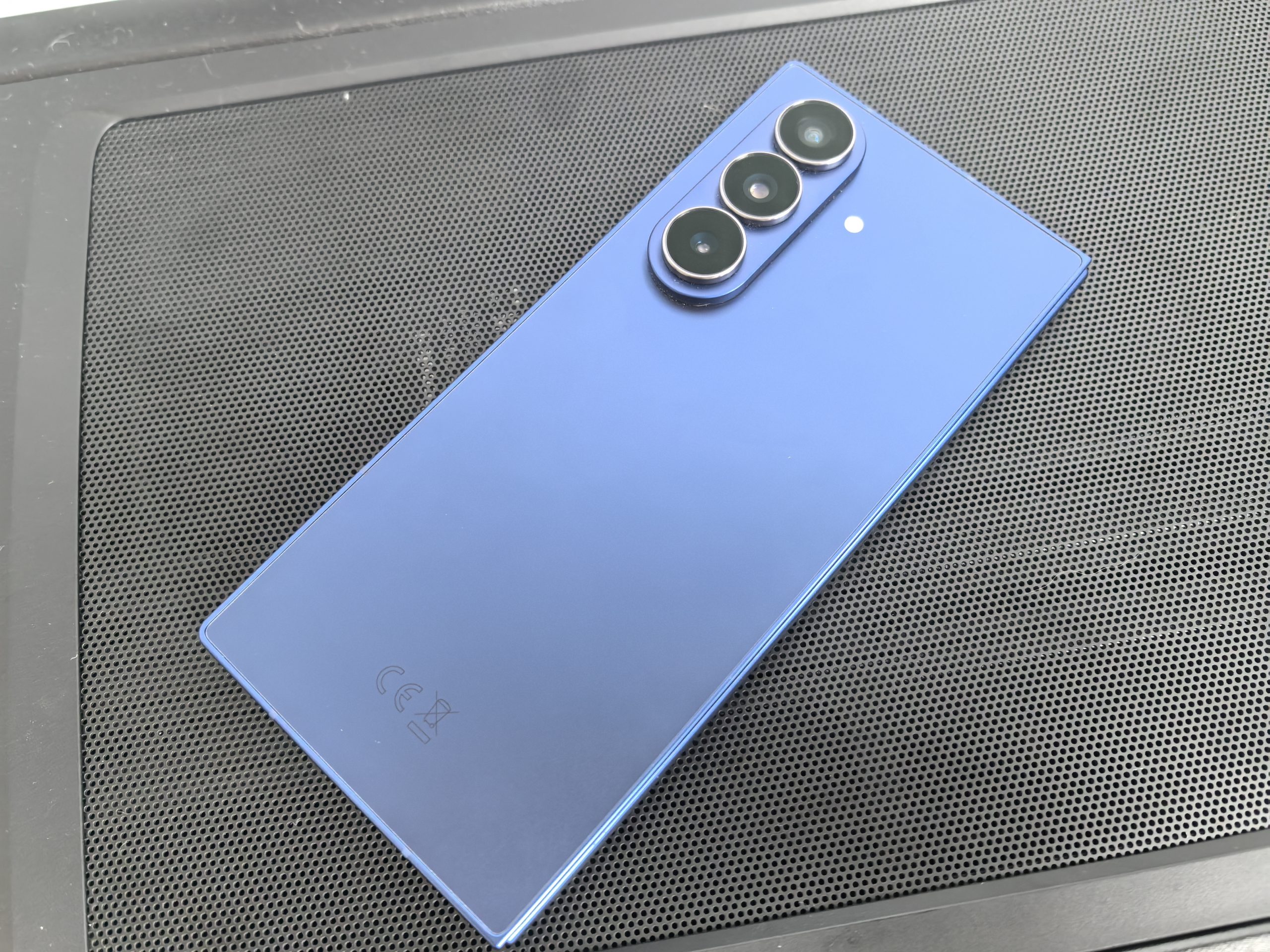
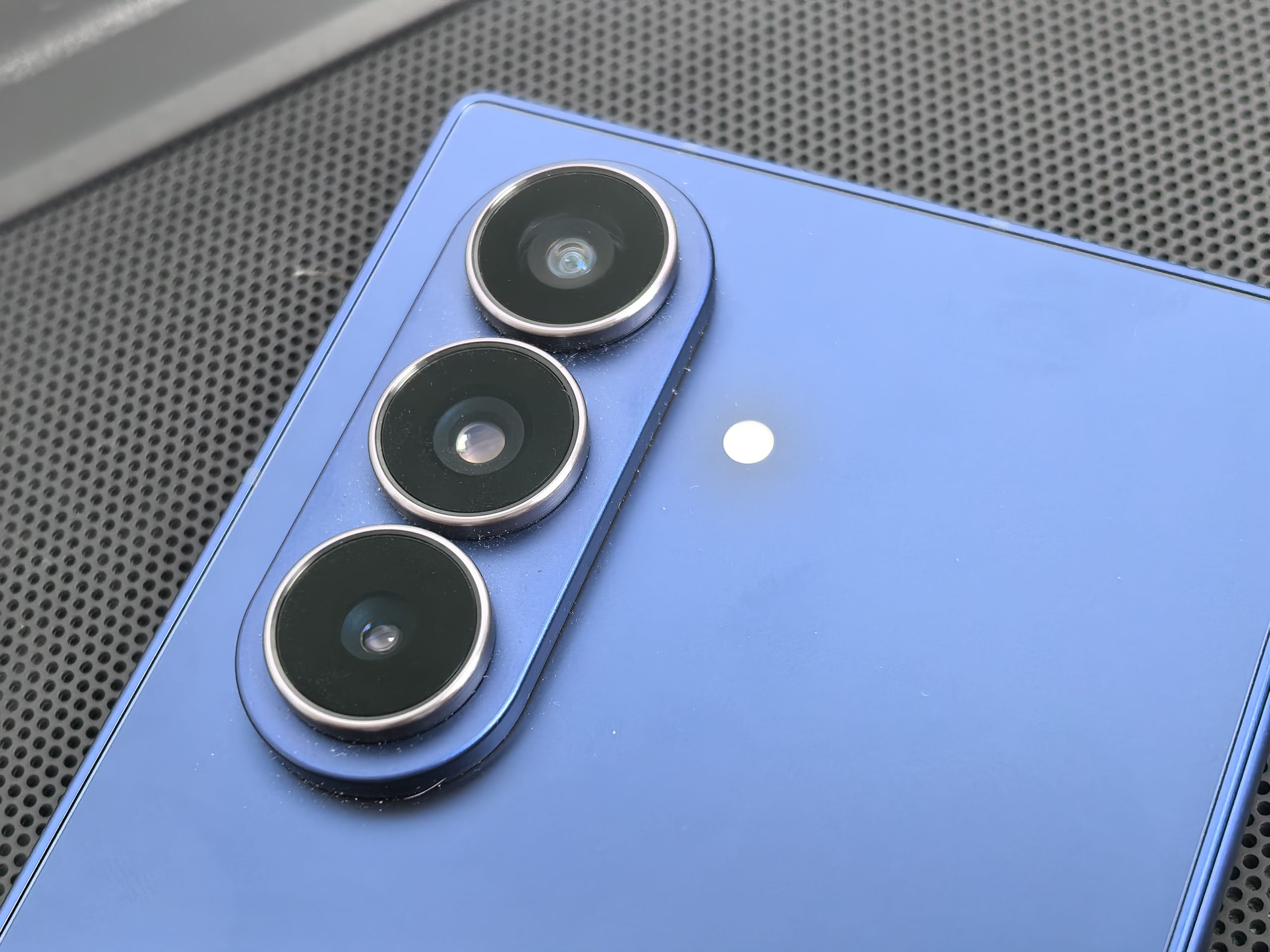
The title of the thinnest belongs to HONOR, and the lightest (by a whole gram) to Samsung. But it also depends on how you measure the body. Not all manufacturers take into account the camera frame, which does not protrude as much on Samsung as on HONOR. But these are minor things, both phones are excellent and now we are at a point where we no longer need to argue about which is thinner or lighter. I now expect both of them to work on the longevity of foldable phones and to make people aware that foldables are just as reliable as classic phones.
The cameras are placed just like the Ultra, right on the left side. The balance when using it on a flat surface is not the best because of this design. The phone tilts quite a bit. You can partially fix this by using a case, but if I look at myself, I really rarely use my phone by having it on a table and typing on it.
The glass back is protected by Gorilla Glass Victus, the front screen is Gorilla Glass Victus Ceramic 2, and the body is made of aluminum. A combination that I think should be resistant enough to everyday life.
While some foldable phones already have higher water resistance ratings (the HONOR Magic V5 has IP58/59), the Samsung Galaxy Z Fold7 has stayed at IP48 for basic resistance to dust particles and jets of water.
And one more thing, the new Galaxy Z Fold7 no longer supports the use of a stylus. It's a shame, because I've seen and heard people skillfully wield styluses for designing, writing, and even browsing.
Both screens are fast, vibrant, and bright, but...
The front is a 6.5-inch AMOLED that refreshes at 120 Hz and can drop to 1 Hz. The resolution is 1080 x 2520, and the ratio, like last year, is almost perfect, making you feel like you're using a classic phone (this used to be a problem with front screens). When you unfold it, you have an 8-inch "tablet" in your hands with the same specifications. The maximum brightness of both screens is 2600 candelas (nits).
What can I say? They're great. They're not the brightest on the market, they're just as fast as the rest, and just as color accurate.
This is basically true for almost all displays on both classic and foldable phones. HONOR's trademark is extremely eye-friendly displays, while Samsung has not taken this path, quite the opposite. Those who experience fatigue and eye pain due to (invisible) screen flickering (especially at lower brightness) often complain about the displays used by Samsung. I don't know how many % users actually feel the consequences of this phenomenon, but there are fewer of them on rivals. Samsung displays use PWM dimming, but their frequency is extremely low, among the lowest, hence the user complaints. If you haven't even noticed this so far, don't worry, you won't feel it with the Fold either. But if you know for yourself that this is a problem, then first test the phone thoroughly before committing yourself forever. Maybe it would be better for Samsung to switch to DC dimming (at least at higher brightness), where it is not a problem.
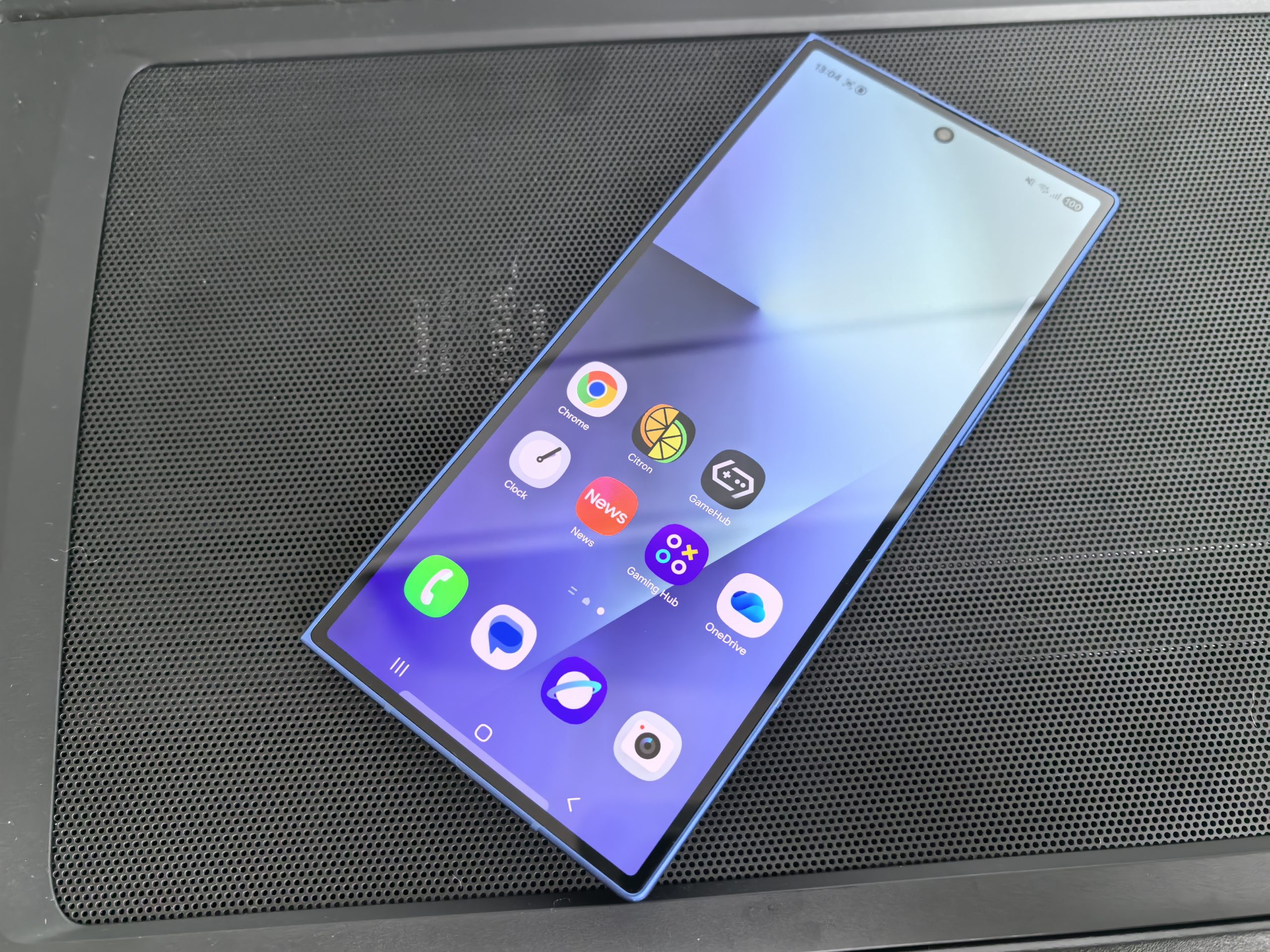
I hope they stay on Snapdragon next year too
Samsung likes to experiment with Exynos and Snapdragon chips, at least with the Galaxy S series and Flip phones. One year all markets get the latest Snapdragon chips, the next year they decide that their Exynos chip is mature enough to stand up to Qualcomm. In some ways it may be true (the graphics core is great), but when you pay two thousand for a phone, you expect the best and that's Snapdragon. They haven't dared to experiment with this with foldable phones (Folds) yet and I hope it continues to be like that. That doesn't mean I don't want to see Exynos chips. Let them put them in the mid-range, lower-end, or possibly cheaper foldable phones, where you expect such compromises.
The Snapdragon 8 Elite is a crazy powerful chip. Its successor, which is already available in China, looks even more brutal. But there's still the eternal problem - how to use all that power without the phone overheating too quickly.
The new RedMagic 11 introduced a water cooling system. I don't see anything similar being feasible on current foldable phones. The flaw with the latter is that all the heat is retained in one half, while the other remains unused. And considering how quickly they've lost millimeters around the waist, overheating is an even more pressing issue.
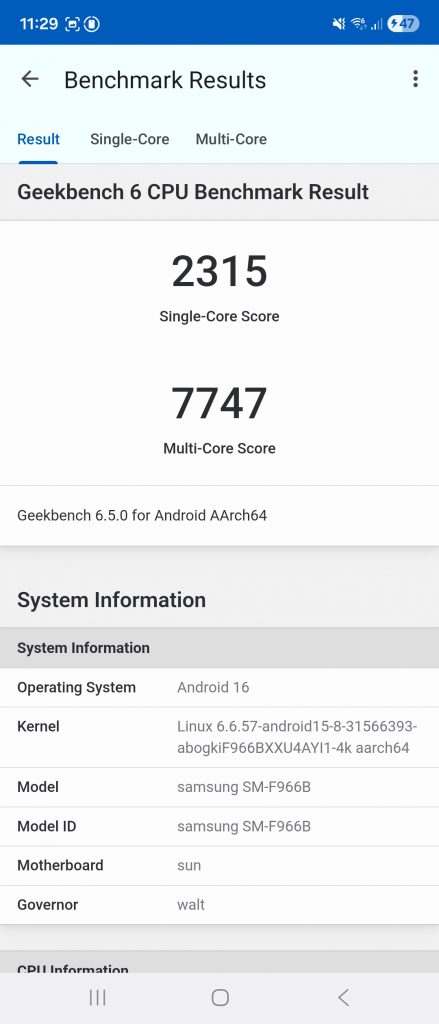
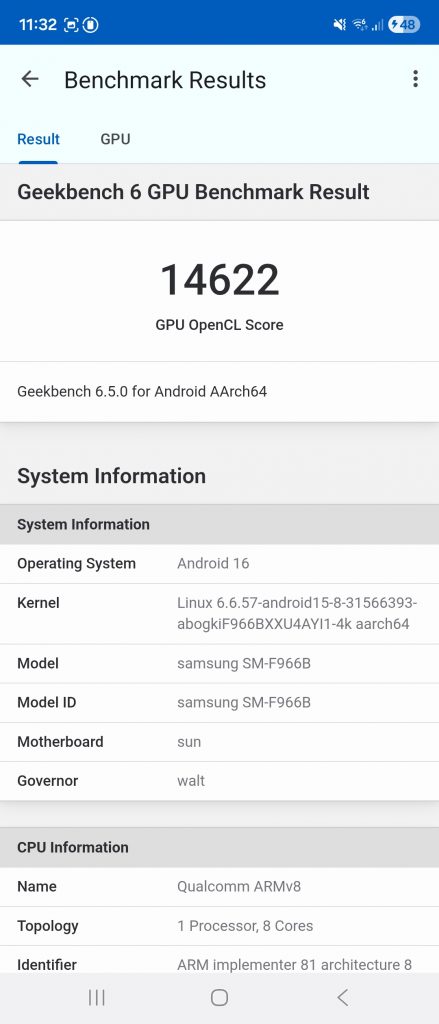
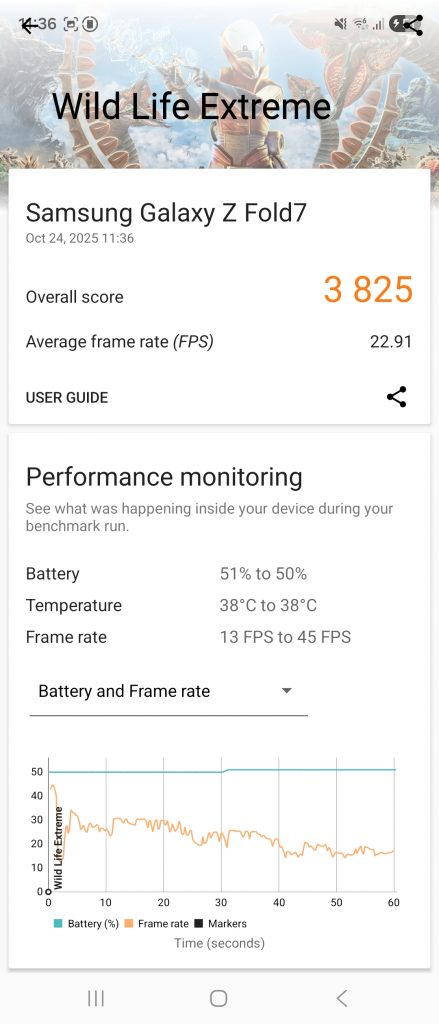
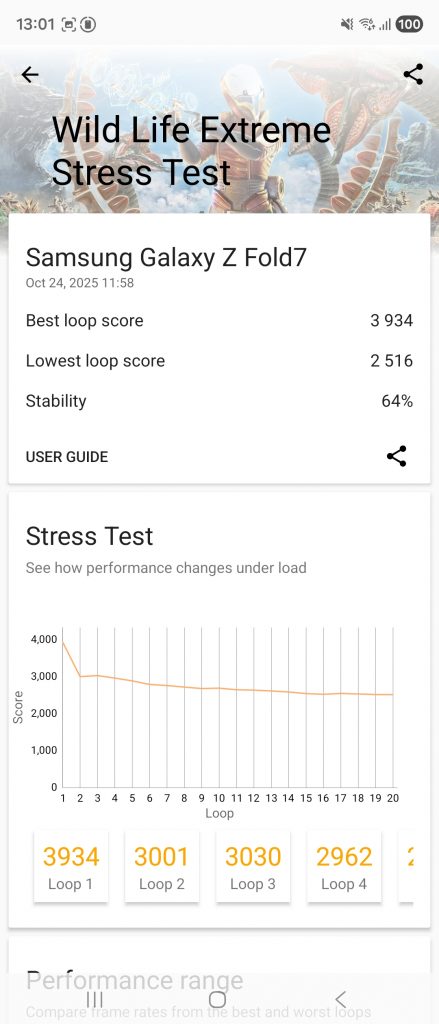
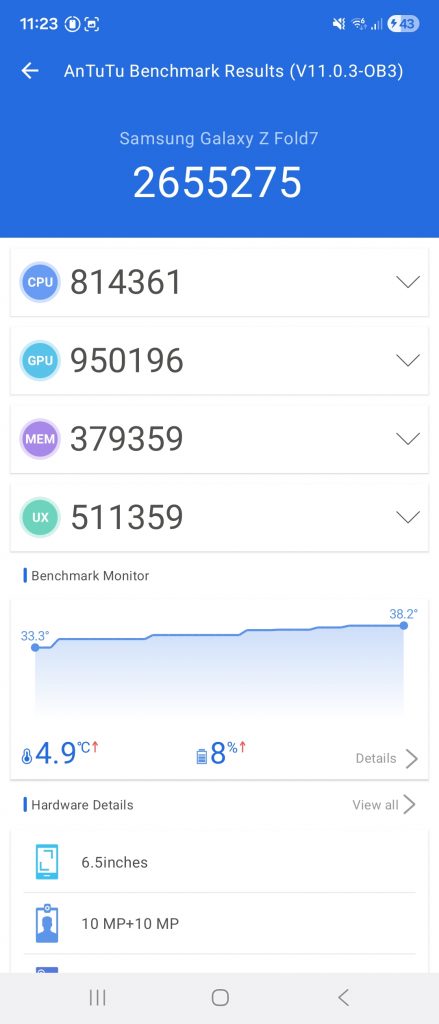
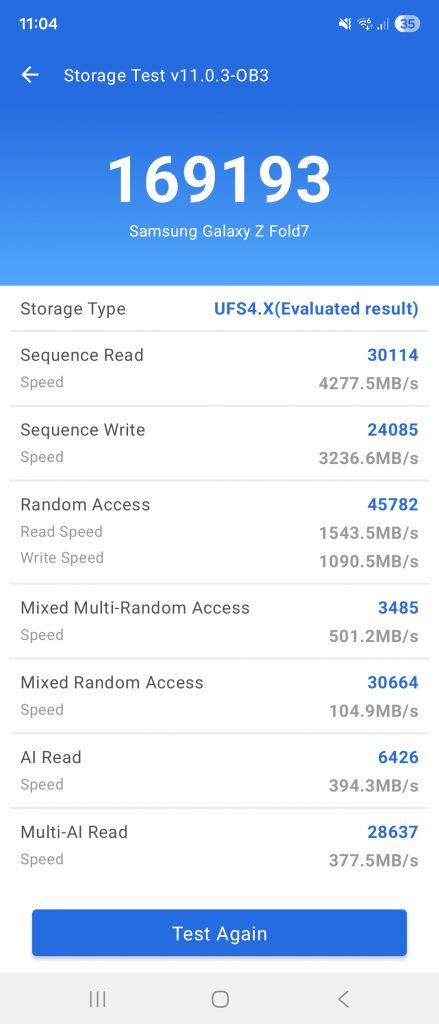
But only if you're a really hardcore gamer or if you do some serious graphics work on your phone, for example. If you're going to be browsing, taking photos, playing Candy Crush on it, then the phone will only ever be moderately warm. But if you play a lot of PUBG, Genshin Impact, or Windows, Switch, and other console games, then get ready for the heat.
While I was flying through the air, I used my phone to explore the galaxies of No Man's Sky and roam like a kitten in Stray. Neither game is particularly demanding... if you're playing them on a PC. The phone is another story, but the raw power of the Elite chip can run them without much trouble. If or when dedicated drivers are available, compatibility with similar games will be even greater. And I'm also looking forward to less "fumbling" with settings. Samsung has nothing to do with drivers, but I do resent Qualcomm for promising regular driver updates, but that hasn't happened. On computers, we're used to getting new graphics drivers almost every month, but on phones, that's not the practice yet, which is a shame.
The rest of the components are fine. We get up to 16 GB of RAM, a fast UFS 4.0 drive with a capacity of up to 1 TB. The battery has a below-average capacity of 4400 mAh, so the autonomy is only average. It could be even worse if One UI were not among the better optimized systems. We have all been saying for some time that Samsung needs to change its battery technology, introduce higher capacities, use new materials and increase charging speed. The latter is the biggest cancer of Samsung phones for me. Huawei Pura 80 Ultra, which I used alongside the Fold, also doesn't have a record-breaking battery, but I can charge it in 10 minutes. I wouldn't mind Samsung being a few hours behind the record-breakers if their device charged that fast. I know there are concerns about how fast charging affects the battery. I previously had a Huawei Mate 50 Pro (about two years old) and after I don't know how many cycles the battery health was still 96 %.
The battery is the biggest upgrade I want for next year.
I can also praise the support that Samsung provides to its premium (and also lower) devices. They are often among the first to get the latest Android, as well as new AI features. I have also noticed user comments from HONOR and Xiaomi lately that the manufacturers are late with upgrades and other updates, especially for premium models that are a year or two old. Samsung was also late with the new One UI for older Galaxy S phones this year, and I hope this was a one-time blunder, and not a general trend among all manufacturers.
Samsung's main advantage right now is its One UI operating system
I've tried almost everything: HyperOS, EMUI, HarmonyOS, MagicOS, RedMagicOS, Pixel Android, Funtouch... Almost all of them are based on Android, so you'll quickly find similarities and getting used to the new Android system is also extremely fast.
What makes One UI better than the rest? First of all, it gives you the feeling that everything is in its right place. Finding features is fast, the search engine works well and also learns your search habits. There are a lot of features and tools, which may be a hindrance for more basic users. But for those of us who like to explore and experiment, this is a huge advantage.
I will always recommend you to download the GoodLock module which you can find in the Samsung store. Not only if you have a foldable phone but also a classic Samsung. In it you will find some experimental features for personalization, speeding up the system and unlocking additional options. Try it out and if you don't like it you can still delete it and reset all settings. You can read more about it in test of last year's Fold.
If you want to customize your phone to your liking, One UI is the best for that, aside from dedicated launchers. You can customize icons, their size, fonts, grid layout, widgets, and more. Other systems can do all of this, but One UI has some extra options or a deeper level of customization. However, if you want to create a themed phone, then you will still need good starter.
I can't forget about Samsung Dex, which turns your phone into a desktop workstation or media player. When I was staying at a hotel, I turned it on and luckily the hotel TV supported projection. I was now able to watch movies and series that I had prepared for the trip on the TV, without having to fiddle with cables or external drives. Instead of watching movies or playing games, you can also do some work tasks this way.
There are a lot of AI functions, but only a few are useful to me: search by encirclement, functions for editing photos and videos, transcription of recordings (especially for interviews), and translation when I visit countries where the locals don't speak English fluently.
Samsung Galaxy Z Fold7: main camera is great, the others are just average
The main photographic weapon is the 200-MP main lens, which I give a slight advantage over the closest competitor, the HONOR Magic V5. Photos during the day are beautiful, expressive, with good dynamic range, contrasts and relatively realistic colors. Optical stabilization does its job well, so you don't have to worry about hand shake and other vibrations affecting the final photo/recording. At night, the same lens also performs very well.
There's also a 10MP telephoto lens with 3x optical zoom and optical stabilization, and a 12MP ultra-wide lens with a 120-degree angle. Both are fine when there's enough light, but indoors, and especially at night, there's a lot more noise than I expected.
Both front cameras are fine for the occasional shot or for a video call.
Gallery of photos taken





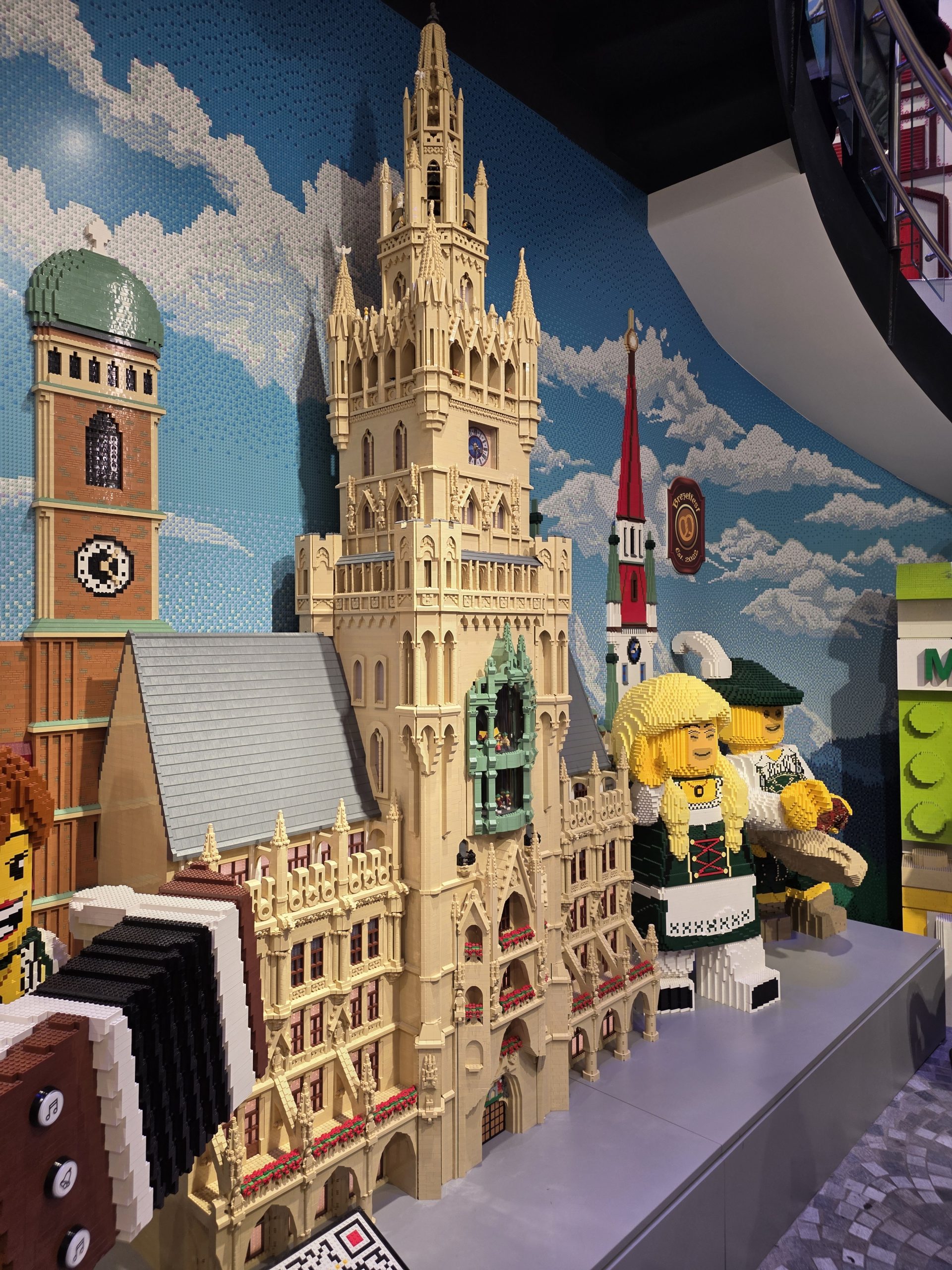
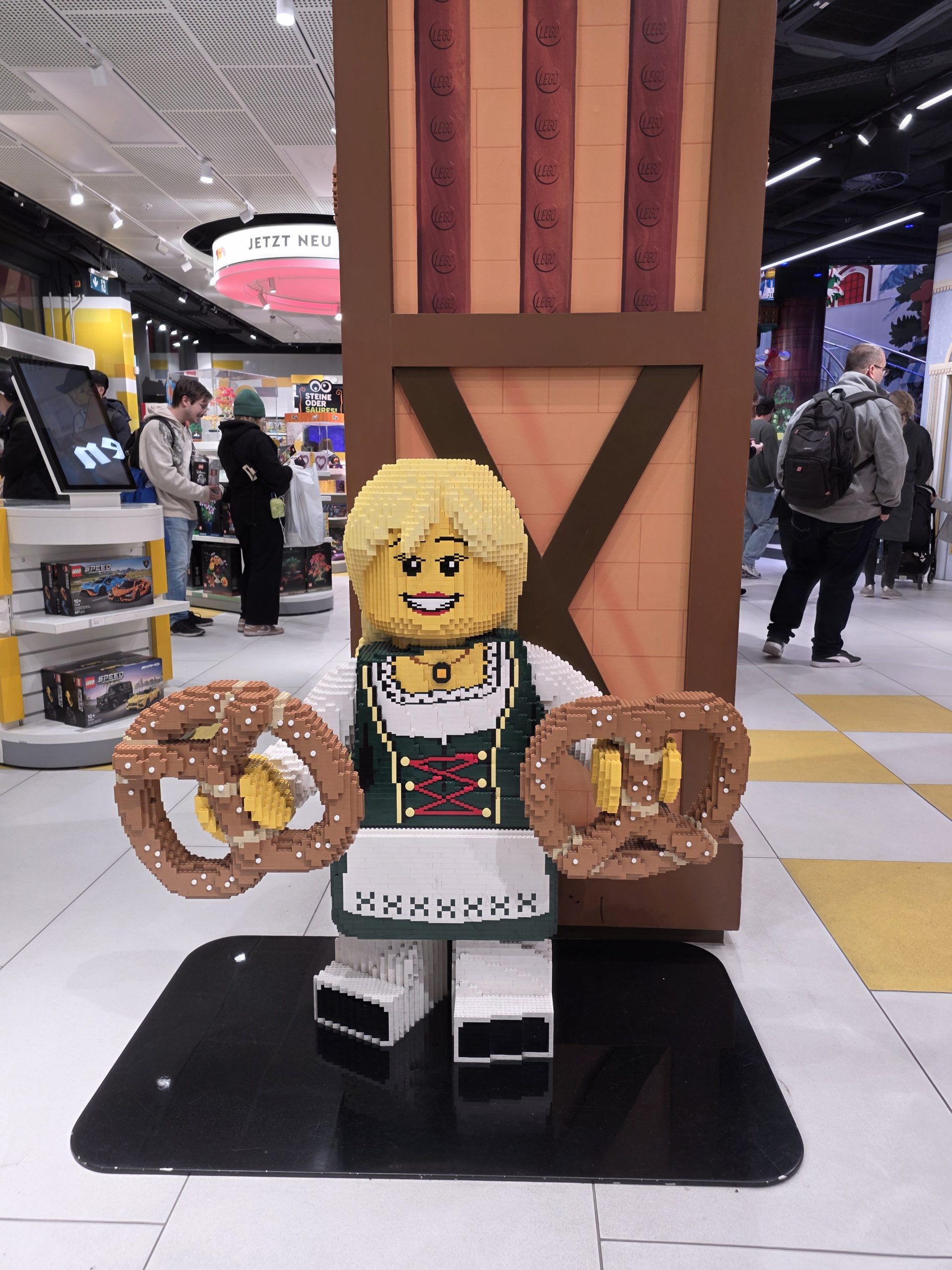
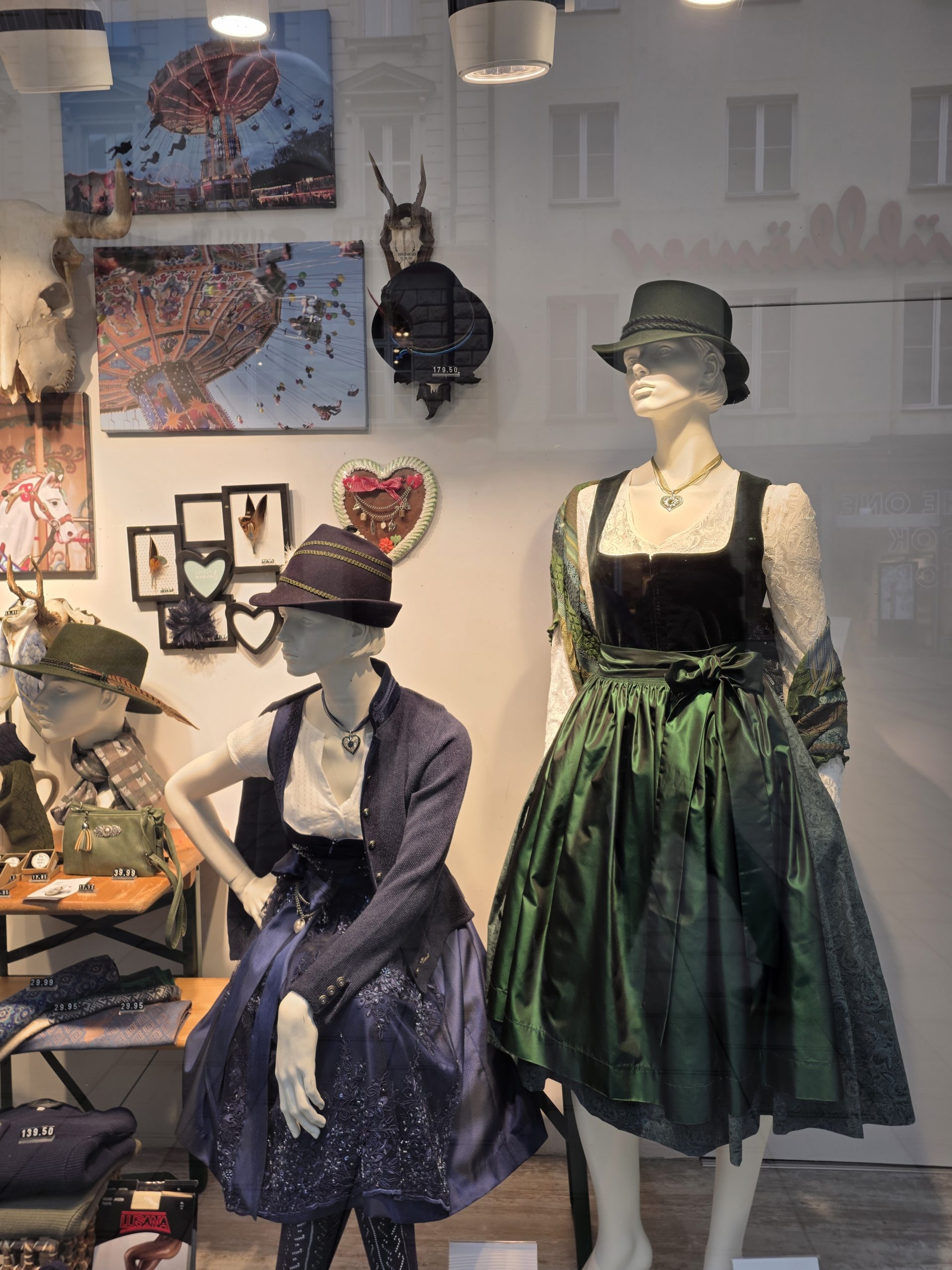
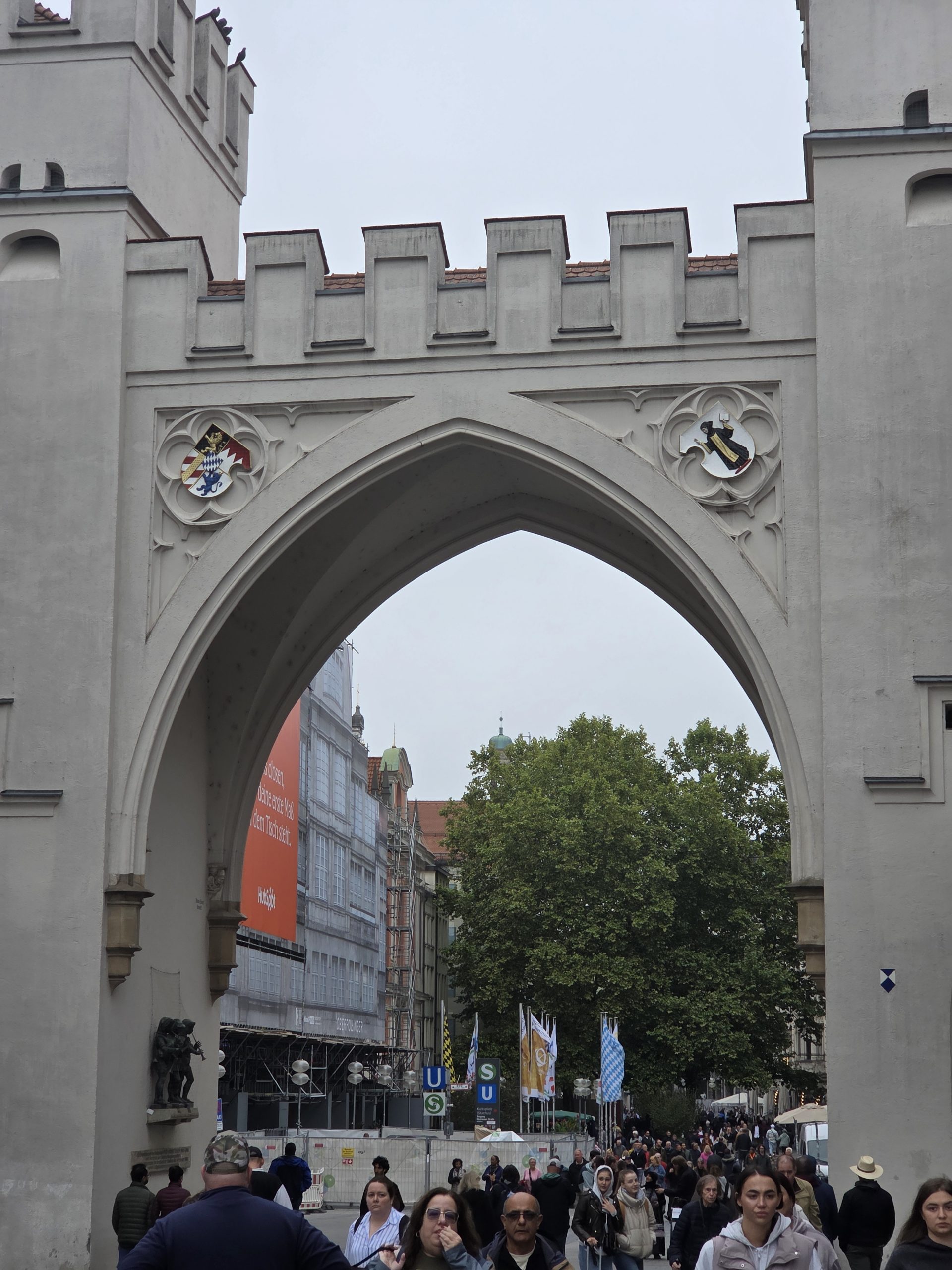
The two main rivals exchange blows
We don't have much choice in foldable phones in our market, unless you buy over-the-counter abroad, then you have many more models available.
You'll be choosing between the Samsung Galaxy Z Fold7 or the HONOR Magic V5, which are trading blows. HONOR has better screens, Samsung has a better operating system, HONOR charges faster, Samsung has a better main camera, and HONOR has better secondary cameras... Regardless of who wins, the loser is always very close and next year the picture could be completely turned upside down.
If they fix the battery next year (especially the charging speed) and improve heat dissipation, it will be hard for rivals to convince me.



